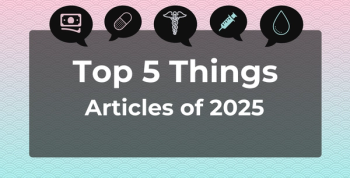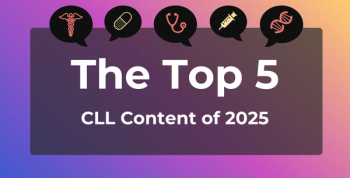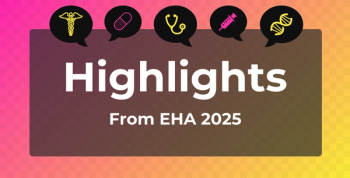
Investigators Call for Greater Awareness, Further Research to Reduce Ovarian Cancer Mortality Disparities
Investigators discuss how their findings on ovarian cancer mortality trends can guide earlier detection and prevention efforts, while also emphasizing the need for further research.
To conclude this interview series, Ali Shan Hafeez, a fourth-year MBBS student, and Abdul Rafae Faisal, MBBS, both investigators of the
Revisit parts
In
This transcript was lightly edited; captions were auto-generated.
Transcript
Given the absence of routine screening for ovarian cancer, how can your findings guide efforts toward earlier detection or prevention?
Unlike many other malignancies, ovarian cancer does not have any established screening test for average-risk women. Without a routine ovarian cancer screening test, our research highlights alternative pathways towards improved outcomes.
If we talk about targeted awareness campaigns, we must prioritize educating women, especially older adults and those living in rural communities, about early ovarian cancer symptoms. Enhancing awareness among both patients and primary care providers seems to be the key point for earlier medical interventions.
Health care professionals should increasingly adopt personalized risk evaluation methods, such as detailed family histories and genetic testing for BRCA mutations. High-risk individuals should be proactively offered preventive interventions, such as prophylactic surgery or close surveillance by oncologists. This requires continued investment in ovarian cancer research.
What further research is needed to build upon your findings?
We need further research into tumor biology and genetic susceptibility among varying populations for targeted therapy and for, obviously, improved outcomes.
Similarly, I think we need to incorporate telemedicine into the whole process for populations with limited access. We need patient navigation programs, and, potentially, if we can, and I do not know how that will pan out yet, we can incorporate artificial intelligence into the whole framework of treatment.
I think these are a few things, and maybe we can look for more reliable biomarkers, too.
Newsletter
Stay ahead of policy, cost, and value—subscribe to AJMC for expert insights at the intersection of clinical care and health economics.







































